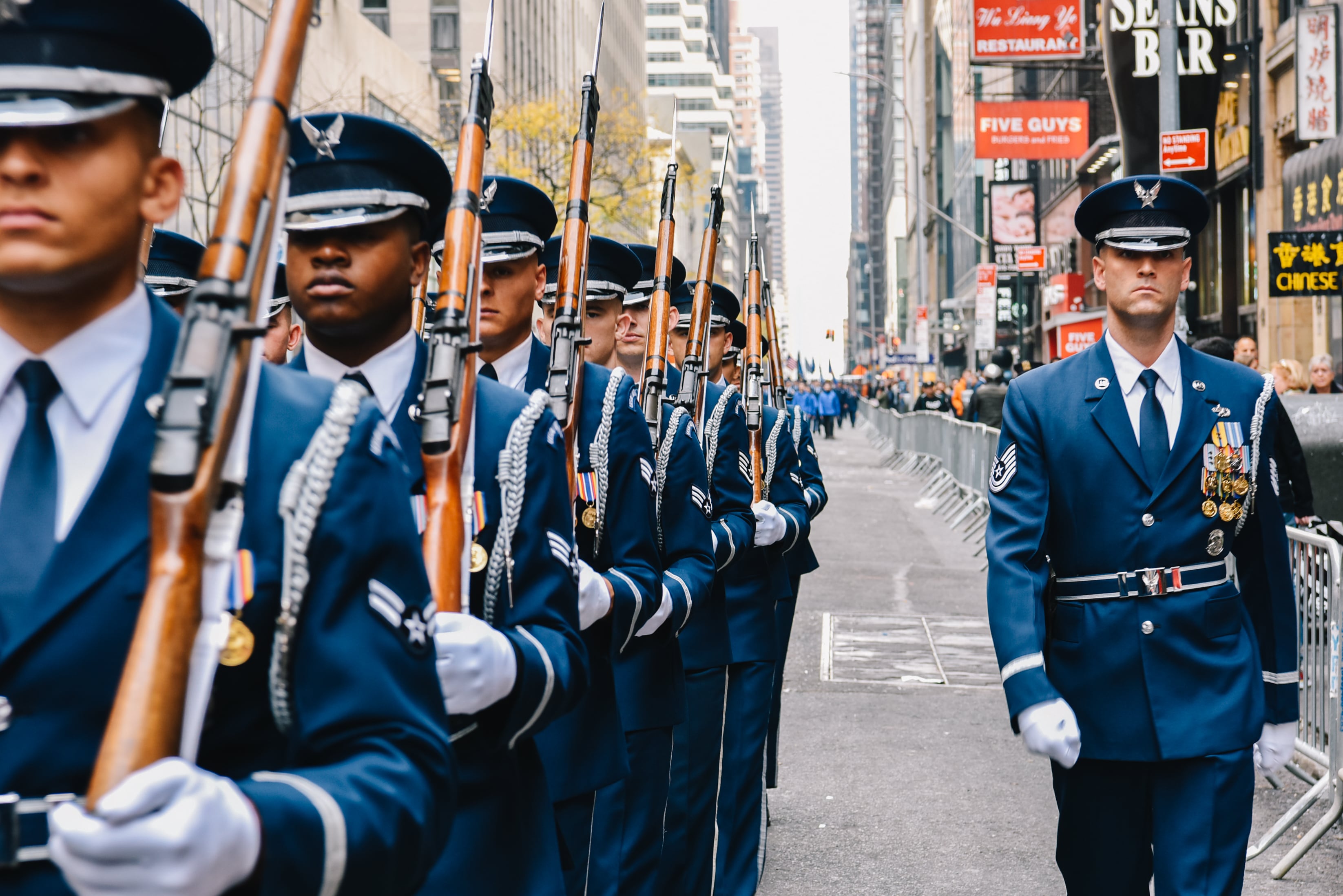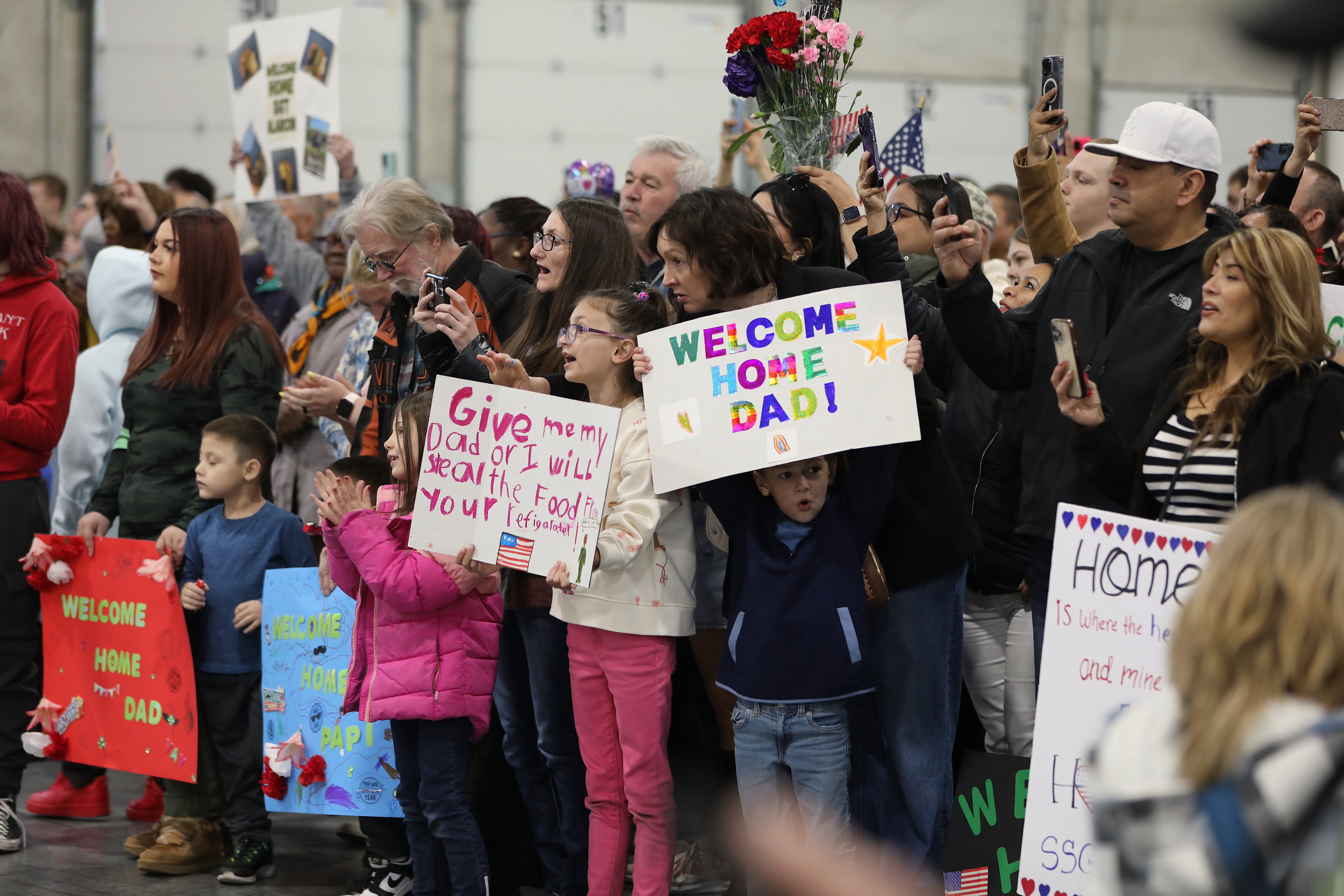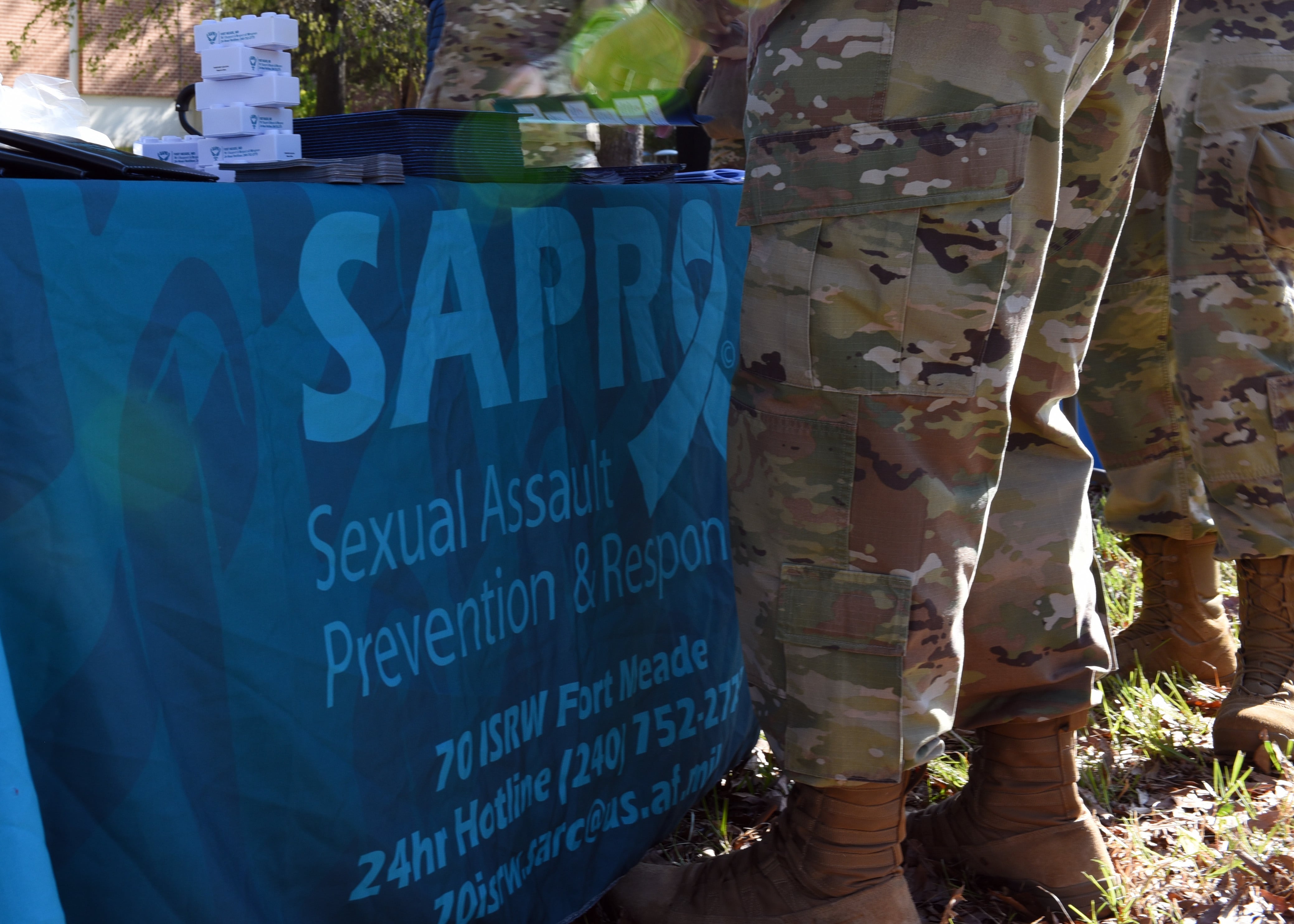FORT BENNING, Georgia — Army Col. Scott Jackson reaches out and grasps the hand of a male soldier. Their fingers interlaced, Jackson talks to the soldier for a few minutes and then asks if he feels uncomfortable. The soldier’s answer: “A little bit.”
That could be a problem.
As the Army creates a new training brigade, military leaders like Jackson aren’t looking only at combat techniques and discipline, but also cultural biases and personality issues. The aim is to root out soldiers unfit for their unique mission. Re-enacting the test it in his Fort Benning, Georgia, office, Jackson explained how something as simple as holding hands is part of an extensive screening process for soldiers going to places like Afghanistan where they will train forces that come from cultures dramatically different from their own.
“It starts with empathy,” said Jackson, who was hand-picked to command the Army’s first Security Force Assistance Brigade, which will train Afghan forces next year to battle Taliban and other insurgents.
“To be an effective adviser you have to be willing to work within that culture without losing your cultural identity,” Jackson said. “It’s OK for two best friends to hold hands and walk down the street like this. But if that ain’t you, then you shouldn’t be here.”
Development of the new brigade began earlier this year, designed to create permanent military training teams that can be deployed worldwide to help local forces better learn how to fight. It’s a reflection of the new reality of America at war: Army soldiers advising and building indigenous security forces, not doing the fighting for them on foreign soil. The new plan replaces various ad-hoc programs over the past dozen years.
The Army will build six brigades over the next few years. Already, senior leaders have increased the size of the first brigade, from 529 soldiers to at least 700.
That’s because Army leaders saw that they needed more advisers on each training team, said Gen. Robert Abrams, head of U.S. Army Forces Command. So they’ve more than doubled each team’s size to about a dozen, adding medical and intelligence specialists and a forward observer who can call in airstrikes. Each team will get a nine-person security squad.
And each team member must pass a new, more intensive screening process.
“We’ve learned that we have to be more precise” in how we select soldiers for the brigade, Abrams said.
“Having our senior leaders sit on interview panel, with the candidate standing right there, you get a sense for how they react under stress,” Jackson said, explaining that more than a quarter of candidates so far have been rejected. “You can easily sense a kid who may have a little bit of bias maybe in his personality,” he said, and bias is the “one overriding trend that we see for non-selection.”
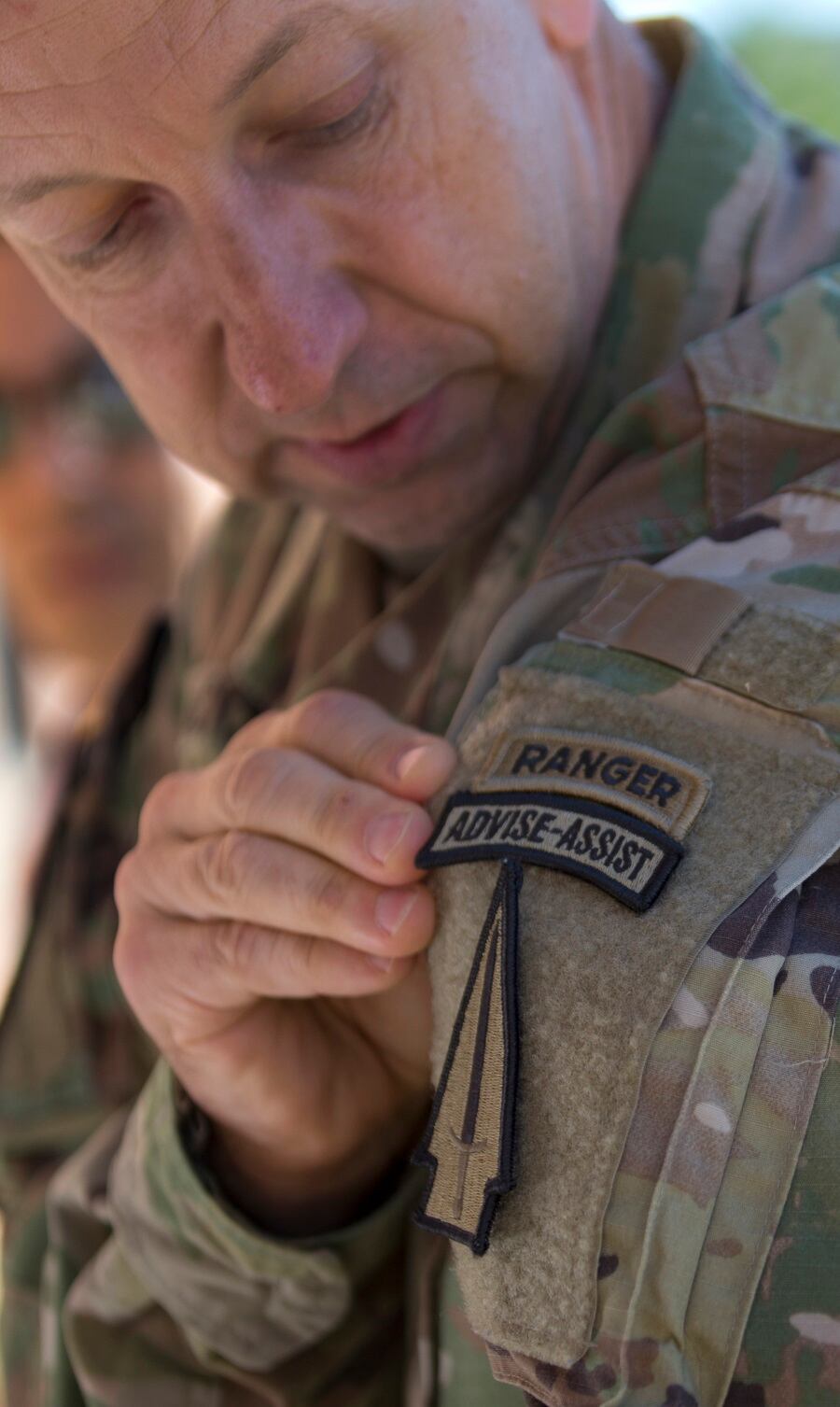
Soldiers already chosen have been undergoing extensive training at Fort Benning, the Army’s main training base in rural Georgia, near the Alabama border. Jackson and other commanders, meanwhile, are picking the rest of the brigade.
While empathy and cultural sensitivities are key, it’s not all about personality.
Across the base from his office, team members are lying in the grass at Maerten’s Range, firing M-4 rifles at pop-up targets. They will have to qualify at a distance of 600 yards — double the Army’s normal requirement. Many have trained in Germany on the Soviet-era weapons used by Afghan troops.
Lt. Col. Brian Ducote, who commands one of the brigade’s battalions, watched his soldiers practice on the range with the sounds of larger explosions from another training group echoing in the distance. All are experts in their fields, but they’re beefing up on medical and lifesaving procedures, language skills and how to use cutting edge communications equipment. They then must learn how to transfer those skills to their Afghan units.
In addition to the personal interviews, brigade members also must score 80 percent on the Army’s physical fitness test.
Army leaders, Ducote said, want soldiers with experience and maturity as well as empathy, so they have good teachers.
“How you say things to them (the Afghans) and how you engage them, how you coach them, is largely driven by their identity and how they view the world. If you don’t understand it, you’re not going to be successful,” Ducote said.
But trainers will be embedded with Afghan units close to the fight. That means they also must be expert warfighters.
“You flip a switch and they become lethal,” Ducote said.
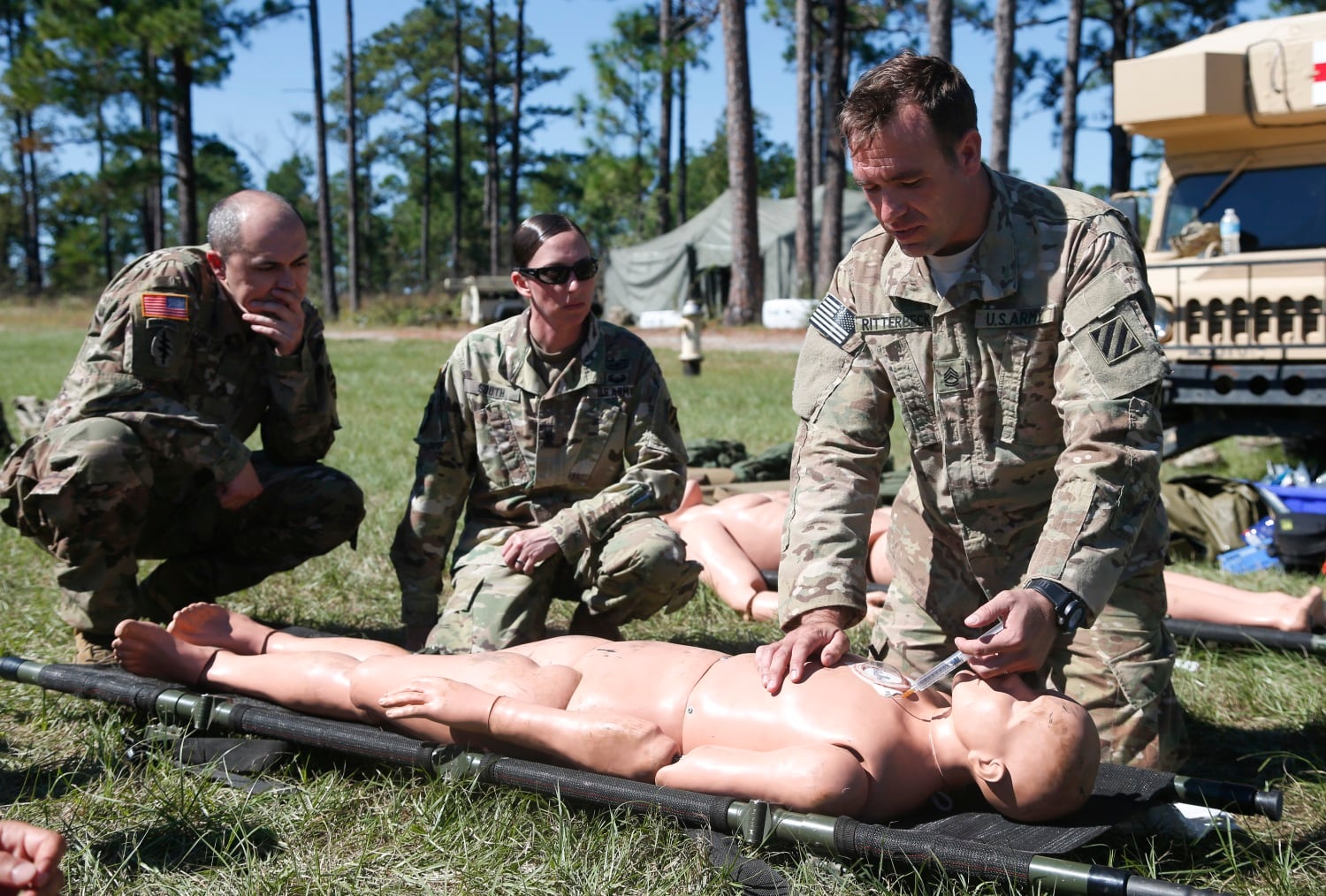
At Fort Benning’s Dickman Field, soldiers move through a series of training stations. Some practice advanced medical techniques, while others learn to use the NETT Warrior communications and navigation device that looks like a cellular phone and attaches to the front of their uniform.
Capt. Collin Jones, an advisory team leader, said the goal is to make things like medical response skills second nature.
Standing on the sidelines as soldiers practiced first aid on a mannequin, Lt. Col. Zack Miller said it helps that many of the soldiers worked as advisers in Iraq or Afghanistan in the last decade. And they said they want to be part of the Army’s effort to create a permanent, professional training program from the ground up.
“It’s heartening to see those are the people that are coming back, because that’s not for everybody. It’s mentally challenging, it’s physically challenging, it’s emotionally challenging,” Miller said. “So they know personally whether they’re good or not at it, and they know personally whether it’s the kind of thing they want to do again.”



